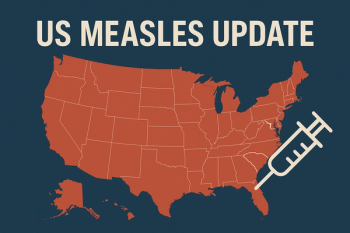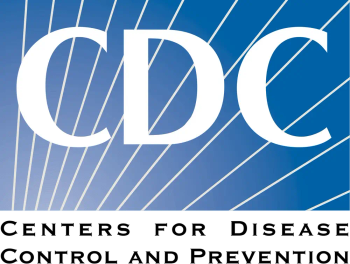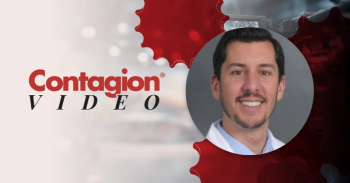
Clinic-Based Interventions Lead to Better Results in Youth with HIV
A new study that compared the results of a behavior intervention program for young adults living with HIV found outcomes were better when the intervention occurred in a clinic rather than at the patients’ homes.
A new study of teenagers and young adults living with HIV found they are more likely to make healthy lifestyle choices when intervention counseling is delivered in a clinic setting, rather than a community setting.
The new study,
Investigators from several universities wanted to gauge the effectiveness of the Healthy Choices
In the first session, the study enrollees were asked which behavior — medications or drinking – they wanted to discuss first. A strategy was then developed, and rolled out beginning with the second session.
In the study, the investigators wanted to know whether it made a difference if those sessions took place within a health clinic or at the youth’s home. To find out, they randomized 183 people living with HIV in 5 US cities into 2 groups, one of which received in-home services and the other of which received clinic-based services. The enrollees
The study found both groups had a decline in viral load following the intervention. At 16 weeks, 21% in the home-intervention cohort had an undetectable viral load. That number increased to 22% at 28 weeks, before dropping slightly to 20% at 52 weeks. In the group receiving services in the clinic, 24% had an undetectable viral load at 16 weeks; however, by 28 weeks that number had jumped to 39%, before leveling off to 35% at 52 weeks.
Patients receiving in-clinic interventions had similarly better scores in terms of alcohol usage, which was quantified using the Alcohol, Smoking, and Substance Involvement Screening Test (ASSIST).
The authors drew several conclusions from the data. Since at-home and community-based approaches did not achieve superior results, the authors suggested that videoconferencing and mobile apps might be useful alternatives to evaluate for future interventions.
Still, corresponding author Sylvie Naar, PhD, of Florida State University, and colleagues, noted that more than half of the patients in both groups did not achieve viral suppression.
“However, youths who still have unsuppressed viral load in the current era of simplified regimens and effectiveness of antiretroviral therapy, even with less-than-perfect adherence, may be faced with many more psychosocial barriers than youths who struggled with viral suppression a decade ago,” Naar and colleagues wrote.
They said the results of the intervention could therefore have significant public health implications even if they fail to achieve optimal results for more than half of the patient group.
Naar and colleagues concluded by stating there is not a “one-size-fits-all” solution to the problem.
“While brief interventions may be more easily implemented in clinic settings, a more intensive intervention may be needed to sufficiently halt viral replication among youths at highest risk,” Some youths may benefit from motivational interviewing alone, and some may benefit more from motivational interviewing combined with cognitive-behavioral skills-building interventions.”
Newsletter
Stay ahead of emerging infectious disease threats with expert insights and breaking research. Subscribe now to get updates delivered straight to your inbox.



















































































































































































































































































